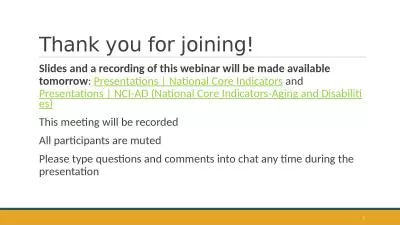PPT-Welcome ! Thank you for joining the webinar on
Author : mitsue-stanley | Published Date : 2020-01-26
Welcome Thank you for joining the webinar on Service design done right How to get started hosted by Prosper Canada The presentation will begin shortly Audio will
Presentation Embed Code
Download Presentation
Download Presentation The PPT/PDF document "Welcome ! Thank you for joining the webi..." is the property of its rightful owner. Permission is granted to download and print the materials on this website for personal, non-commercial use only, and to display it on your personal computer provided you do not modify the materials and that you retain all copyright notices contained in the materials. By downloading content from our website, you accept the terms of this agreement.
Welcome ! Thank you for joining the webinar on: Transcript
Download Rules Of Document
"Welcome ! Thank you for joining the webinar on"The content belongs to its owner. You may download and print it for personal use, without modification, and keep all copyright notices. By downloading, you agree to these terms.
Related Documents

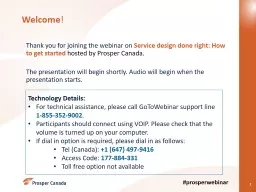
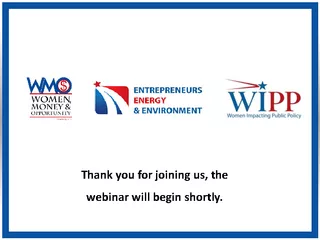


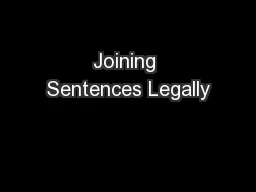
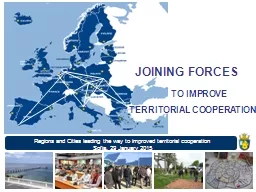
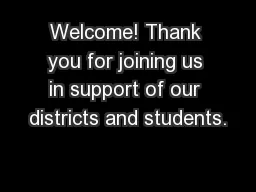
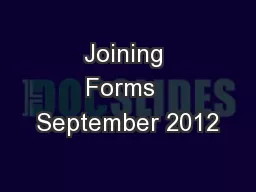


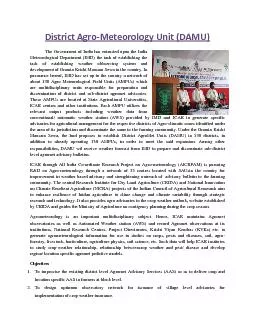
![[BEST]-You Are A Teacher I Will Never Forget You Believed In Me Thank You: Teacher Notebook](https://thumbs.docslides.com/978614/best-you-are-a-teacher-i-will-never-forget-you-believed-in-me-thank-you-teacher-notebook-gift-teacher-gift-appreciation-teacher-thank-you-gift-gift-for-teachers-5-5-x-8-5-inches-100-pages.jpg)
![[FREE]-You Are A Teacher I Will Never Forget You Believed In Me Thank You: Teacher Notebook](https://thumbs.docslides.com/987267/free-you-are-a-teacher-i-will-never-forget-you-believed-in-me-thank-you-teacher-notebook-gift-teacher-gift-appreciation-teacher-thank-you-gift-gift-for-teachers-5-5-x-8-5-inches-100-pages.jpg)
